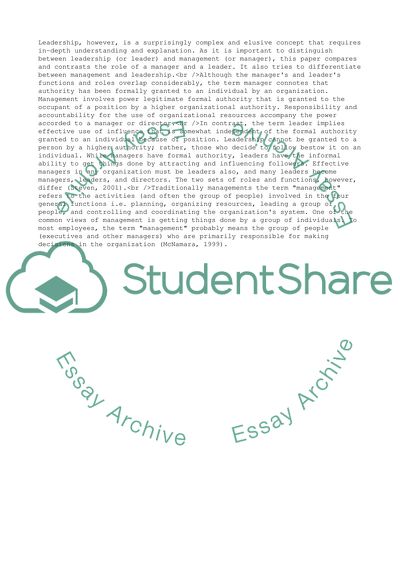Cite this document
(Leadership and Management Essay Example | Topics and Well Written Essays - 2500 words, n.d.)
Leadership and Management Essay Example | Topics and Well Written Essays - 2500 words. https://studentshare.org/management/1703750-leadership-and-management
Leadership and Management Essay Example | Topics and Well Written Essays - 2500 words. https://studentshare.org/management/1703750-leadership-and-management
(Leadership and Management Essay Example | Topics and Well Written Essays - 2500 Words)
Leadership and Management Essay Example | Topics and Well Written Essays - 2500 Words. https://studentshare.org/management/1703750-leadership-and-management.
Leadership and Management Essay Example | Topics and Well Written Essays - 2500 Words. https://studentshare.org/management/1703750-leadership-and-management.
“Leadership and Management Essay Example | Topics and Well Written Essays - 2500 Words”. https://studentshare.org/management/1703750-leadership-and-management.


